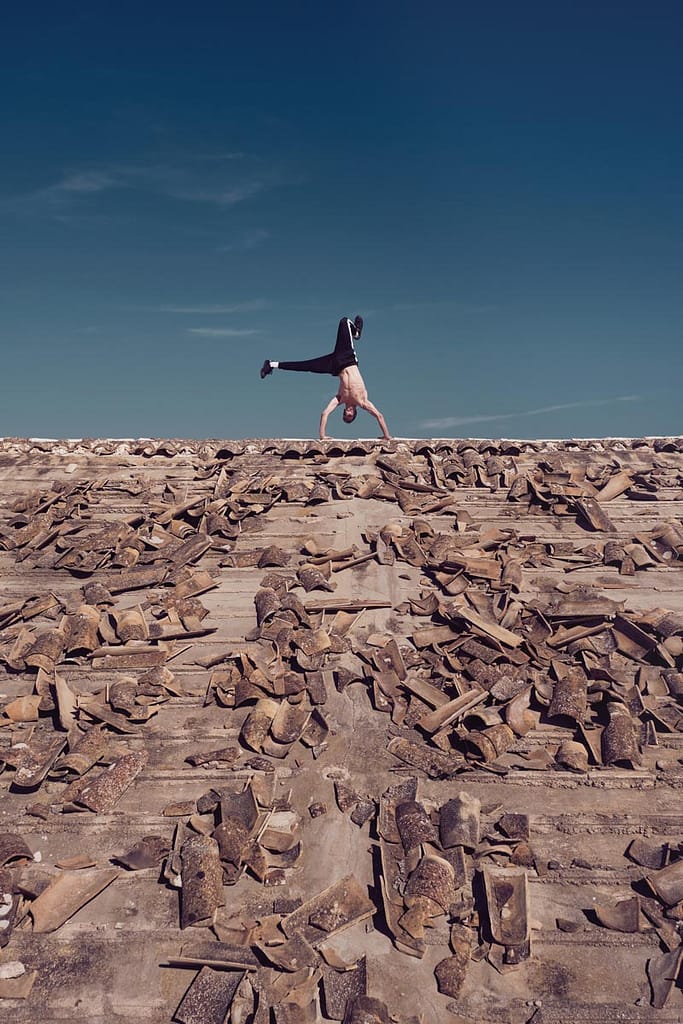Olympic Breaking! Urban Dance is Focused on the Games
Breaking is also known as breakdancing or b-boying/b-girling. It has taken the world by storm and is now set to debut as an Olympic sport in the 2024 Paris Games. This urban dance form started in the Bronx, New York City. It has come a long way from its humble beginnings to become a global phenomenon.

The Origins of Breaking: From the Bronx to the Global Stage
Breaking emerged in the 1970s as part of hip-hop culture. It came alongside graffiti, emceeing, and DJing. It started as a way for young people in the Bronx to express themselves. They used it to compete and create a community. Over time, breaking spread to other parts of the US. It eventually spread around the world.
Breaking Moves: Toprock, Downrock, Power Moves, and Freezes
Breaking is characterized by four main elements:
- Toprock: The standing, upright part of the dance, often used to start a set.
- Downrock: The footwork performed on the ground, showcasing intricate steps and patterns.
- Power Moves: Dynamic, acrobatic moves that require strength, flexibility, and control.
- Freezes: Poses that are held for a few seconds, demonstrating balance and style.
The Elements of a Breaking Battle: Music, Style, and Creativity
In a breaking battle, dancers compete. They are known as b-boys or b-girls. They compete in a circle called a cypher. They take turns showcasing their skills, creativity, and style to the music. It is typically a mix of funk, soul, and hip-hop with strong drum breaks. Battles are judged on various criteria, including foundation, originality, flavor, and musicality.
Judging Criteria in Breaking Competitions
| Criteria | Description |
|---|---|
| Foundation | Demonstrating mastery of the basic elements and techniques of breaking |
| Originality | Bringing new and unique moves, transitions, and combinations to the dance |
| Flavor | Showcasing personal style, character, and attitude in the performance |
| Musicality | Moving in sync with the rhythm, beats, and mood of the music |
Training for Olympic Breaking: Strength, Flexibility, and Endurance
To excel in breaking, dancers need to develop:
- Strength: To execute power moves and maintain control during freezes.
- Flexibility: To achieve a wide range of motion and create visually impressive poses.
- Endurance: To perform multiple rounds in battles and sustain energy throughout the competition.
Breakers often train with a mix of dance, strength, and cardio.
Breaking Competitions: From Local Battles to World Championships
Breaking competitions take place at various levels, from local battles to international tournaments. Some of the most prestigious events include:
- Red Bull BC One: An annual, global one-on-one breaking competition.
- Battle of the Year: An international crew competition held annually since 1990.
- It is the World BBoy Series. It has international breaking events. They end in a world championship.
These events attract top talent from around the world and showcase the best in breaking.

The Path to the Olympics: Breaking’s Journey to Recognition
In recent years, breaking has gained mainstream recognition. It has been in major events, like the Youth Olympic Games and the World Urban Games. In 2020, the IOC announced that breaking will be a medal event. It will happen in the 2024 Paris Olympics. This marked a big milestone for the dance form.
Breaking Icons: Pioneers and Modern-Day Innovators
Breaking has been shaped by pioneers and innovators who pushed its limits Some notable figures include:
- Crazy Legs was a member of the legendary Rock Steady Crew. He was a pioneering b-boy known for his unique style and footwork.
- Roxrite is a renowned b-boy from the USA. He has won many international titles, including Red Bull BC One.
- AT: She is a b-girl from Finland. She has paved the way for women in breaking and has won many world championships.
These icons, along with countless others, have inspired generations of breakers and continue to shape the future of the dance.
The Breaking Community: Culture, Values, and Unity
Breaking is more than just a dance; it’s a culture with its own values, language, and sense of community. Breakers often form crews. These crews are tight-knit groups. They train, compete, and support each other. The breaking community is inclusive. People from all walks of life come together to share their passion for the dance.

Breaking for Beginners: Tips and Tricks to Get Started
If you’re interested in getting started with breaking, here are some tips:
- Learn the fundamentals: Start by mastering the basic toprock, downrock, and freezes.
- Practice regularly: Consistency is key to improving your skills and developing your style.
- Watch and learn. Study videos of breaking competitions and tutorials. You will learn new moves and techniques
- Find a community. Join a local breaking crew or attend events. Connect with other dancers and learn from their experiences.
Remember, breaking is a journey, and everyone starts somewhere. With dedication and practice, you can develop your skills and find your unique style.
The Future of Breaking: Growth, Challenges, and Opportunities
Breaking is growing and gaining recognition. But, it faces challenges and opportunities. Some of the key issues include:
- It’s important to maintain authenticity. Breaking is becoming more popular, but we must stay true to its roots and values.
- Supporting the community means recognizing and helping the pioneers and practitioners of breaking. This support is important as the dance evolves.
- Encourage diversity. This means promoting inclusivity in the breaking community. This is especially important for women and underrepresented groups.
- Adapting to the Olympic stage is about showcasing breaking. It’s in a competitive, Olympic format. It’s about doing that while keeping its essence and culture.
Despite this, the future of breaking looks bright. There will be more chances for dancers to show their skills. They will compete at a high level and inspire the next generation of b-boys and b-girls.

